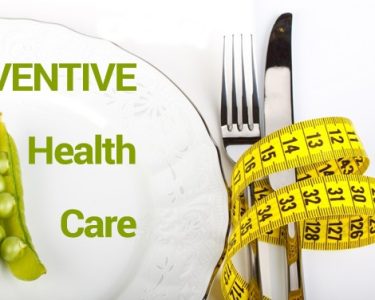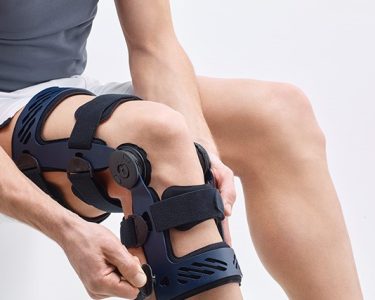Introduction
Natural disasters can strike at any time, leaving people feeling overwhelmed and unprepared. From hurricanes to earthquakes, wildfires to tornadoes, the effects of natural disasters can be devastating both physically and emotionally. However, with proper preparation, you can ensure your health and safety during these extreme events. In this article, we’ll provide a comprehensive checklist for preparing for natural disasters and staying safe during and after they occur. So grab a pen and paper – it’s time to get prepared!
Types of Natural Disasters
Natural disasters can strike anywhere and anytime, so it’s crucial to be aware of the types of natural disasters that could occur in your area. Here are some common types of natural disasters:
1. Hurricanes: These powerful storms bring strong winds, heavy rain, and storm surges that can cause flooding and damage buildings.
2. Tornadoes: These violent windstorms are often accompanied by hail and thunderstorms. They can develop quickly with little warning, causing significant damage in their path.
3. Earthquakes: The sudden shaking or trembling of the ground is caused by seismic waves resulting from tectonic plate movement beneath the earth’s surface.
4. Floods: Heavy rainfall or melting snow can cause rivers to overflow their banks, leading to devastating floods that damage homes, businesses, and infrastructure.
5. Wildfires: Uncontrolled fires that burn through forests or grasslands due to dry conditions are becoming more frequent because of climate change.
6. Landslides: When soil or rock on a slope becomes unstable due to heavy rains or other factors such as human activity like mining landfills etc., landslides may happen unexpectedly
By recognizing these different types of natural disasters specific to your location you increase yourself chances for safety when disaster strikes
How to Prepare for a Natural Disaster
Natural disasters can strike at any time and it’s important to be prepared. The first step is to understand the types of natural disasters that are most common in your area, such as hurricanes, tornadoes or earthquakes. Once you have identified potential hazards, create a disaster plan for yourself and your loved ones.
Make sure to stock up on essential items such as water, non-perishable food, a first aid kit, flashlights and batteries. It’s also important to have cash on hand in case ATMs are not working during an emergency.
In addition to physical preparations, it’s also wise to keep important documents like passports and insurance papers in a waterproof container that can easily be transported if needed. Consider making copies of these documents and storing them digitally as well.
Another key aspect of preparing for a natural disaster is staying informed about local weather patterns and emergency alerts. Sign up for text message alerts from your local government or download an emergency alert app for quick updates.
Remember that preparation takes time but can ultimately save lives during a crisis situation. Don’t wait until it’s too late – start creating your disaster plan today!
During and After a Natural Disaster: Your Checklist for Health and Safety
During and after a natural disaster, your health and safety become top priorities. It’s important to have a checklist of items that can help you stay safe and healthy during this time.
Firstly, it is crucial to continue monitoring weather updates or any other communication from local authorities. If the disaster has passed but there could be aftershocks or additional threats, stay alert for warnings.
Secondly, if you were evacuated from your home due to a natural disaster, do not return until you have confirmation that it is safe. Always follow instructions given by emergency responders or government officials.
Thirdly, check your water supply before drinking it. If tap water has been contaminated in any way during the event of the natural disaster then boil water first until further notice from officials.
Fourthly, ensure food safety by discarding perishable food items that may have spoiled due to power outage or lack of refrigeration. Use canned foods as an alternative if they are still intact in packaging and not expired yet.
Take care of yourself emotionally too because disasters can cause trauma which affects mental health adversely . Reach out for support through helplines provided by counseling services near you.
By keeping these tips in mind always prioritize checking on family members too as well as pets who might also need assistance during this difficult period so everyone stays safe!
Conclusion
Natural disasters are unpredictable and can happen at any time. It is crucial to be prepared for these emergencies by having a health and safety checklist in place. By following the steps outlined in this article, you can protect yourself and your loved ones from harm during and after a natural disaster.
Remember to stock up on essential supplies such as food, water, medicine, first aid kits, flashlights with extra batteries or solar-powered chargers. Also ensure that you have an emergency plan in place which includes communication protocols among family members when disaster strikes.
By being proactive about preparing for natural disasters, you will not only increase your chances of survival but also reduce the stress associated with unexpected emergencies. Stay safe!




